Johannes Vermeer (1632-75) is doubtless a blockbuster artist, but the Frick’s exhibition, Vermeer’s Love Letters, is the size of a postage stamp – or, maybe more fittingly, a wax seal. The Frick has three Vermeers of its own, but only one made the cut: “Mistress and Maid” (c. 1664-67). From the 37 known works by the artist, the museum has only borrowed two to bolster the show: “Woman Writing a Letter with her Maid” (c. 1670-72) and “The Love Letter” (c. 1669-70). Each depicts a woman, her maid and at least one letter somewhere in the mix. Though we don’t know exactly what’s written in those papers, it’s fair to say that these discreet works have an air of romance.
The show’s effect is something of a riddle. Why has the Frick picked these three? Why exclude the collection’s other Vermeers? Are they the same mistresses and maids in each? How can we be sure that these are, in fact, love letters? Installed in one room without fanfare, the paintings become mysteries, enticing and deserving of attention precisely because there are so few.
The first is “The Love Letter,” the smallest of the bunch. We’re looking through a door, with two walls closing in like a proscenium, everything before the aperture in shadow. Through the opening, we see light washing across the room from an out-of-sight window. The mistress is playing the cittern, or was. Rumpled sheet music sits on dimmed shelves. When we catch her, she’s been interrupted. She turns over her shoulder to see the maid holding a small, wax-sealed paper. She looks apprehensive, surprised. The maid, standing in contrapposto hidden by a lumpy blue skirt, wears a slight smile. She knows what’s going on, even if we don’t. Perhaps hers is a look of approval, perhaps more “I told you so.”
“Mistress and Maid” hangs in the middle. We’re close to the pair this time, and the background is only a sweep of umber. The mistress, wearing the same dress as in “The Love Letter,” sits in profile, penning a letter. And as in “The Love Letter,” she looks up at the maid, who brings her another note. The mood is calmer here: there isn’t the same wonder in the woman’s eyes this time, nor the knowing excitement in the maid’s.
In the last painting on show, “Woman Writing a Letter with Her Maid,” the women don’t interact. While the mistress writes with great care, the maid stands behind her at the composition’s center, gazing out of the window. A gentle breeze pushes at one of the curtains. Perhaps she is waiting for her mistress to finish the missive, or she’s standing guard in case a prying mother intrudes on the lady’s privacy. On the floor before the writing desk there’s some debris, striking in this otherwise well-kept interior. An opened letter, a burgundy wax stick and a red wax circle sit next to the feet of a chair, pulled out from under the table, as if in a tizzy, and left that way.
Without Vermeer’s subtlety, aided by the Frick’s spare curation, how could we puzzle over this work for so long?
Even if visitors aren’t quite convinced that these are love letters, the catalogue assures us it is so. From the 1650s and the 1670s, the love-letter genre swept Dutch art, and with these works Vermeer jumped on the bandwagon. Often these scenes were painted in pairs – one of a man, one of a woman – but Vermeer’s women stood alone. Without such companion pieces, even more is left to the imagination.
Perhaps that’s just right for the subject of courtship and love, a domain in which discretion is key and uncertainty is a rite of passage. Around this time, a popular Dutch love-letter manual encouraged young women, in response to a suitor’s forwardness, to remain modest and decline even if they were interested. (The Frick’s catalogue is apologetic about this backwardness.) The paintings are just as reticent. Without Vermeer’s subtlety, aided by the Frick’s spare curation, how could we puzzle over his works for so long?
As we gaze into these scenes, Vermeer pulls us into a kind of romance. The paintings’ beauty is an invitation to look longer, but the artist must remain coy if we are to fall in love. The concealment of inner life, which these works have mastered, is essential: wishing to know and behold someone in toto involves the feeling that you don’t yet know enough. Give us too much information and an artwork becomes heavy-handed, didactic and overbearing, no matter how technically accomplished it is. By teasing us with letters we can’t read and inner lives we can never divine, Vermeer’s Love Letters makes us into a besotted suitor in the face of these paintings, peering into the window-frame again and again to get a little closer to grasping what the lady is really thinking.
This article was originally published in The Spectator’s September 15, 2025 World edition.



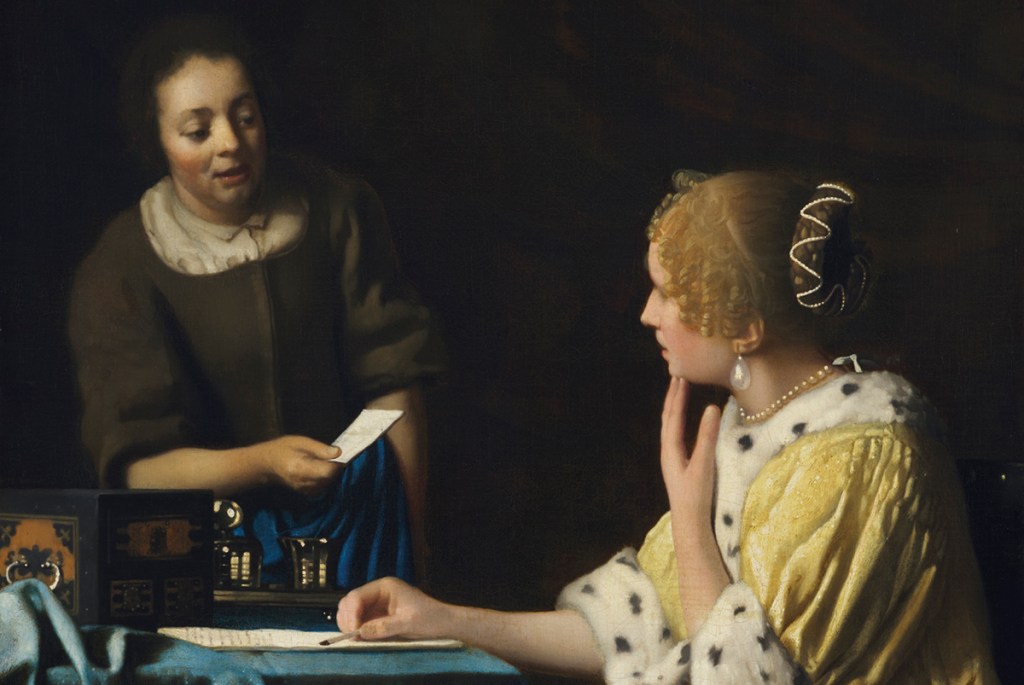







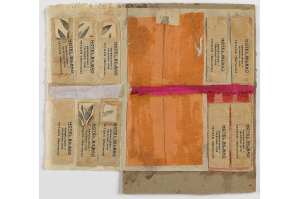

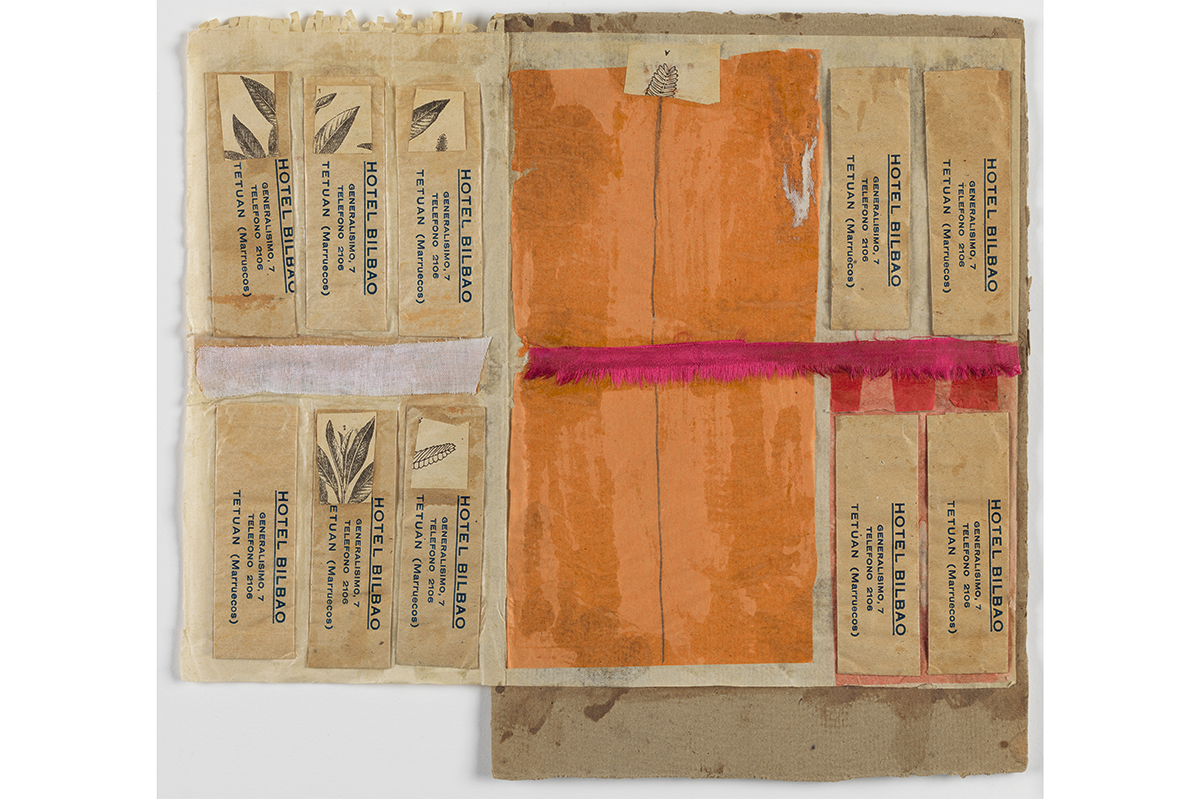
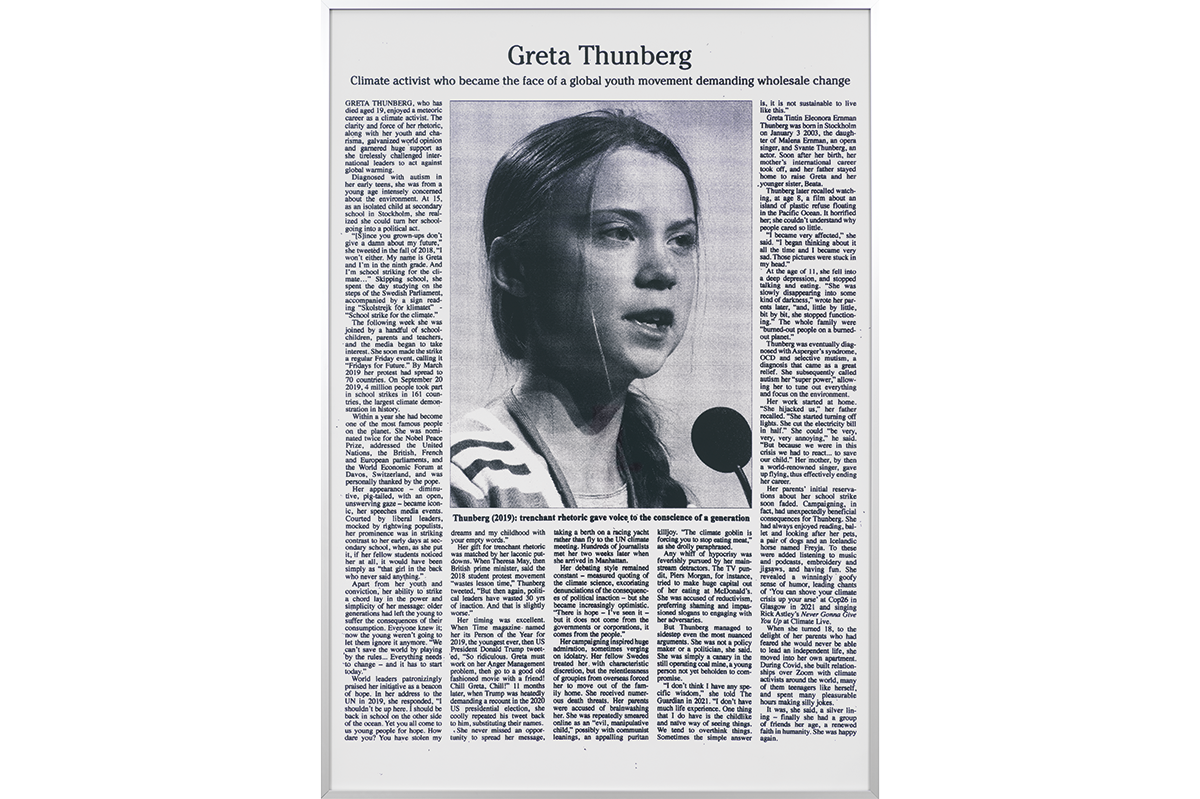
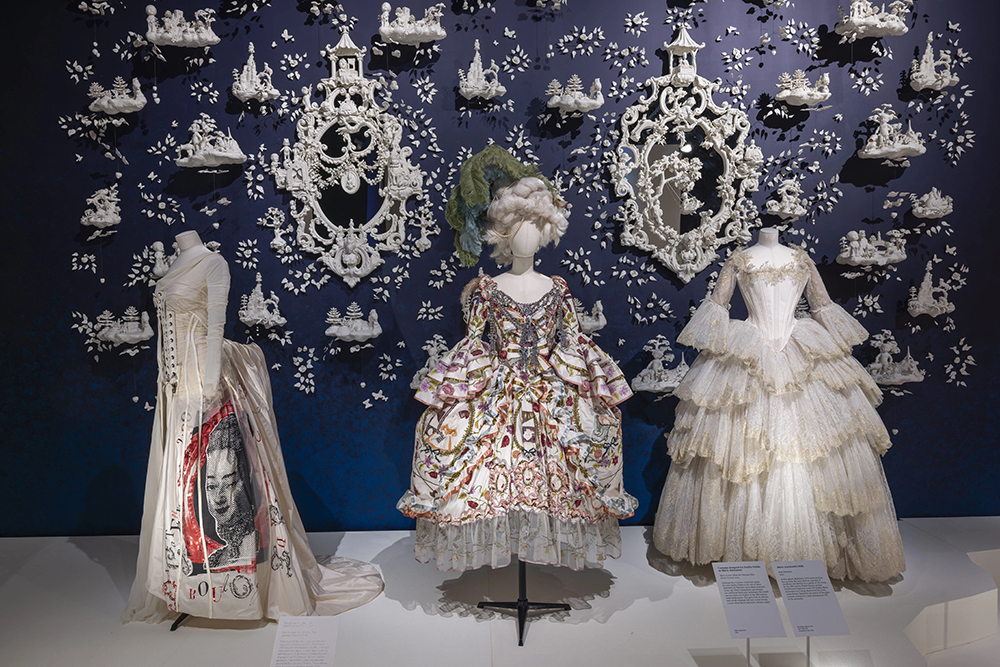
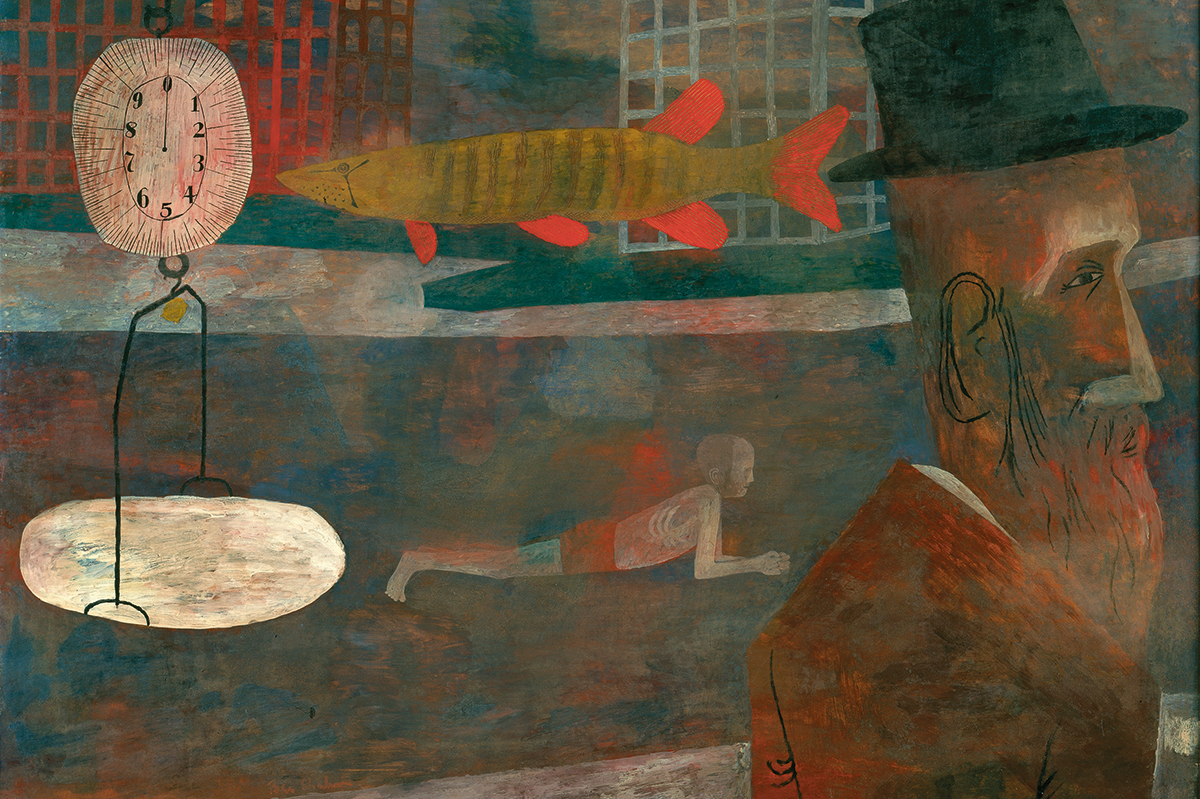









Leave a Reply